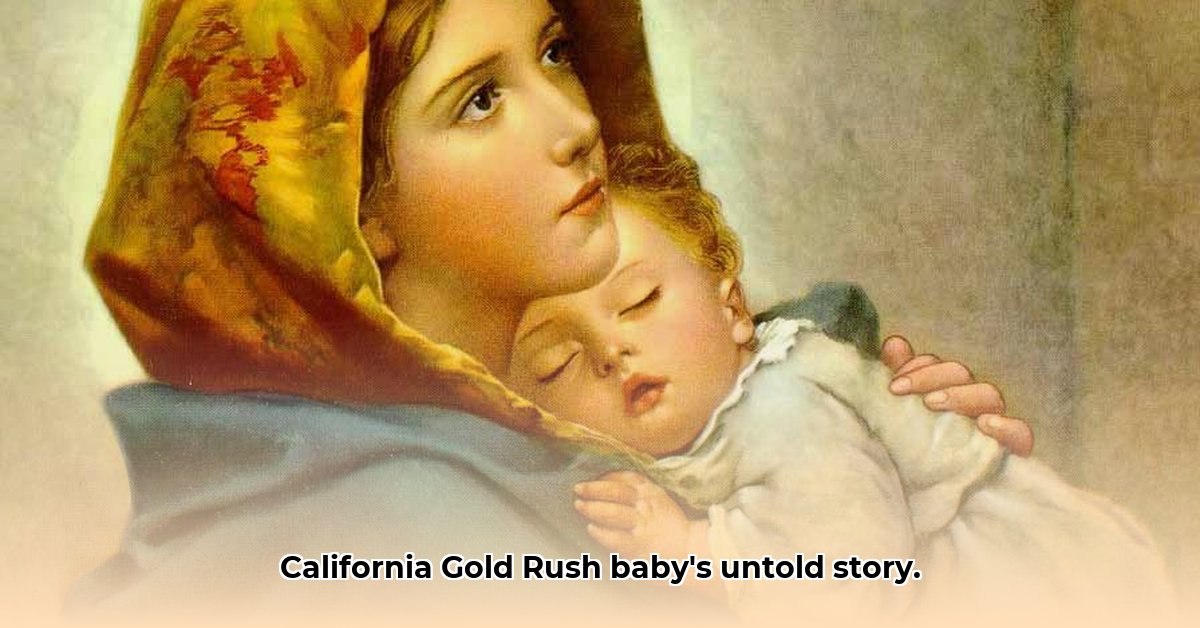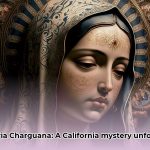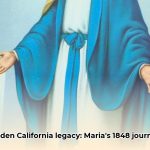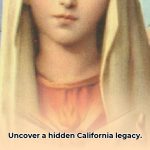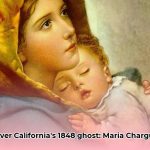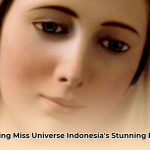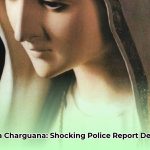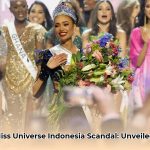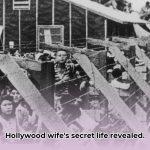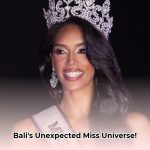Want to learn more about Maria Catarina Charguana’s life? Born in 1848 California, her story highlights the intense research needed to reveal the lives of ordinary people from marginalized communities. We’ll explore her family history—a mix of Luiseño, French-Canadian, and Spanish roots—and the challenges of finding information about someone who lived so long ago. Discover Maria’s life and the fascinating history of 19th-century California. For a detailed profile, visit Maria’s profile.
Maria Catarina Charguana Biography: A Californian Mystery Unfolds
A Life Unveiled: Exploring California’s Rich History from 1848
Born on May 4th, 1848, at Mission San Fernando Rey de España, Maria Catarina Charguana entered a California undergoing immense transformation. The Treaty of Guadalupe Hidalgo had just been signed, formally ending the Mexican-American War and ceding California to the United States. The Gold Rush was beginning to reshape the landscape and draw people from all over the world. Into this world of change and cultural collision, Maria Catarina was born, a child of mixed Luiseño, French-Canadian, and possibly Spanish ancestry.
Existing information about her is scarce, making her life a historical puzzle. She was baptized on May 28th, officially named “Charguana.” Was that her family name, a nickname, or a reflection of complex social dynamics? The baptism record, entry #1884, is one of the few concrete pieces of evidence we have. The mystery surrounding her identity deepens as we delve further into the nuances of 19th-century California. Her story is not just about her; it’s about the broader historical forces that shaped the lives of ordinary people in extraordinary times.
Family Secrets: Parental Lineage in 19th-Century California
The circumstances surrounding Maria Catarina’s parents add another layer of intrigue. Her father is believed to be Jean Baptiste Charbonneau, the son of Sacagawea, the Shoshone woman who played a vital role in the Lewis and Clark expedition. Her mother was Margarita Sobin, a Luiseño woman, whose life and experiences are even more obscure.
Clear, definitive documentation about their relationship is lacking, typical for the era, especially for women and individuals from marginalized communities. The use of “Charguana” in the baptismal record, rather than “Charbonneau,” raises questions. Was Margarita and Jean Baptiste married? Was it a social custom to use the mother’s name? The complexities of interracial relationships in a society undergoing rapid change might explain the record. Tracing her family history presents a significant challenge, requiring careful consideration of the social and cultural context of the time. Understanding the dynamics of their relationship is crucial to understanding Maria Catarina’s identity.
The Challenges of Tracing a Life: Historical Record Biases
Finding information about Maria Catarina is akin to a historical detective story. It highlights the inherent challenges historians and genealogists face when piecing together the lives of ordinary people, especially women and members of minority groups in 19th-century California. Limited records often reflect the biases of the era, emphasizing the perspectives and experiences of dominant groups. This can make it challenging to form a complete and fair picture of individuals like Maria Catarina.
Mission records, census data, and land deeds can offer glimpses into the past, but they often provide only fragmented details. The absence of personal letters, diaries, or family histories further compounds the difficulty. Maria’s story serves as a reminder that many lives remain largely unknown due to the selective nature of historical record-keeping, obscuring their contributions and experiences.
Unearthing the Truth: Methodological Approaches in Historical Research
Piecing together Maria Catarina’s history necessitates a multifaceted and interdisciplinary approach. This includes examining:
- Mission Records: A meticulous search of original documents held by Mission San Fernando and the Los Angeles Archdiocese for vital clues about her family and early life. Baptismal, marriage, and burial records can provide essential details.
- Oral Histories: Connecting with the Luiseño community to gather family traditions, cultural knowledge, and oral histories that might shed light on Maria’s life and her mother’s experiences.
- Census and Land Records: A thorough exploration of state and county archives for census records, land deeds, and tax assessments that could reveal property ownership, family connections, and migration patterns.
- Newspapers and Periodicals: Searching digitized newspaper archives for mentions of the Charbonneau, Sobin, or Charguana families, which might provide valuable context or anecdotal information.
- Legal Documents: Examining court records, wills, and probate documents that might shed light on family relationships, property disputes, or other relevant legal matters.
- Collaborative Research: Working with other researchers, genealogists, and historians specializing in California history, Luiseño culture, and the Charbonneau family to share information and expertise.
- DNA Analysis: Considering DNA testing to confirm family ties, identify potential descendants, and explore genetic connections to the Luiseño community.
This type of research can be time-consuming, potentially taking years and involving experts from different fields to gain meaningful insights into Maria’s life.
What’s Next? Future Research and Ongoing Search
To uncover Maria Catarina’s life, the next steps include:
- Deep Dive into the Archives: Conducting a comprehensive examination of all relevant documents from Mission San Fernando, the Los Angeles County Archives, and the California State Archives for any hidden details.
- Consulting with Experts: Seeking guidance from historians specializing in California mission history, Luiseño culture, and the Charbonneau family.
- Engaging with the Community: Connecting with the Luiseño community through tribal leaders, cultural centers, and community organizations to seek their wisdom and knowledge of the family’s history.
- Expanding the Search: Broadening the search to other California county and state archives, as well as federal records, to check various records related to the Charbonneau and Sobin families.
- Cross-referencing Everything: Comparing information from various sources to piece everything together, identify inconsistencies, and avoid duplication of effort.
- Publishing Findings: Sharing research findings through academic journals, historical societies, and online platforms to contribute to the broader understanding of California history and Indigenous experiences.
Every life, no matter how dimly lit by history, deserves to be explored and understood. Maria Catarina Charguana’s story represents the resilience, adaptation, and strength of Indigenous Californians and individuals of mixed heritage, reminding us of their vital role in shaping the state’s history and the importance of continued research and inclusive historical narratives.
Unraveling the Mystery: How to Trace California Luiseño Ancestry from 1848 Birth Records
Maria Catarina Charguana’s birth in 1848 presents a fascinating genealogical puzzle and highlights a journey of record-searching, hypothesis-testing, and the rewarding discovery of family history. Genealogical research from this time offers insights into marriage validity and California life.
The Initial Clues: Key Dates and Locations
The initial clues lie in the documented facts: Maria Catarina was born on May 4, 1848, in California. Her baptism at Mission San Fernando Rey de España on May 28th confirms this location. Her parents are consistently listed as Jean Baptiste Charbonneau and Margarita Sobin. These provide strong starting points for tracing her lineage using birth and baptismal records.
The Surname Struggle: Common Geneology Challenges
The surname itself presents a challenge. While Ancestry.com lists her as “Charguana,” other sources suggest “Charbonneau,” “Sobin,” or even “Trujillo.” This inconsistency highlights a crucial challenge in understanding how to trace California Luiseño ancestry from 1848 birth records. Fluid naming conventions were common, particularly among mixed-heritage families or those less involved in formal record-keeping practices. The use of a maternal surname, or a variant of it, was not uncommon in certain cultural contexts. It’s crucial to avoid making assumptions and to investigate each possibility thoroughly.
Weaving the Narrative: Addressing Genealogical Uncertainties
The gaps in information are also clues. The scarcity of “Charguana” in major databases suggests a possible misrecording, a variant rarely used in official documents, or a family name specific to a particular Luiseño lineage. The appearance of “Trujillo” might indicate a later marriage of Margarita Sobin, adoption, or a step-father relationship. These factors require further investigation to understand potential shifts in familial ties or changing family structures in the 1800s.
Methodology: Tracing Ancestry Through Various Records
How to trace California Luiseño ancestry from 1848 birth records effectively requires a multifaceted approach involving both online resources and archival research:
- Cross-referencing Databases: Comparing records across Ancestry.com, FamilySearch, MyHeritage, and other relevant genealogical databases to look for patterns, connections, and discrepancies.
- Exploring Archival Records: Delving into the archives at Mission San Fernando Rey de España, the Los Angeles County Registrar-Recorder’s Office, and the California State Archives for original baptism records, marriage certificates, census records, and other documentation.
- Understanding Cultural Context: Studying Luiseño naming customs, kinship systems, and the socio-historical context of 19th-century California to interpret records accurately and avoid imposing modern assumptions.
- Consulting with Tribal Experts: Seeking guidance from Luiseño tribal historians, elders, and cultural experts to gain insights into family lineages, oral traditions,
